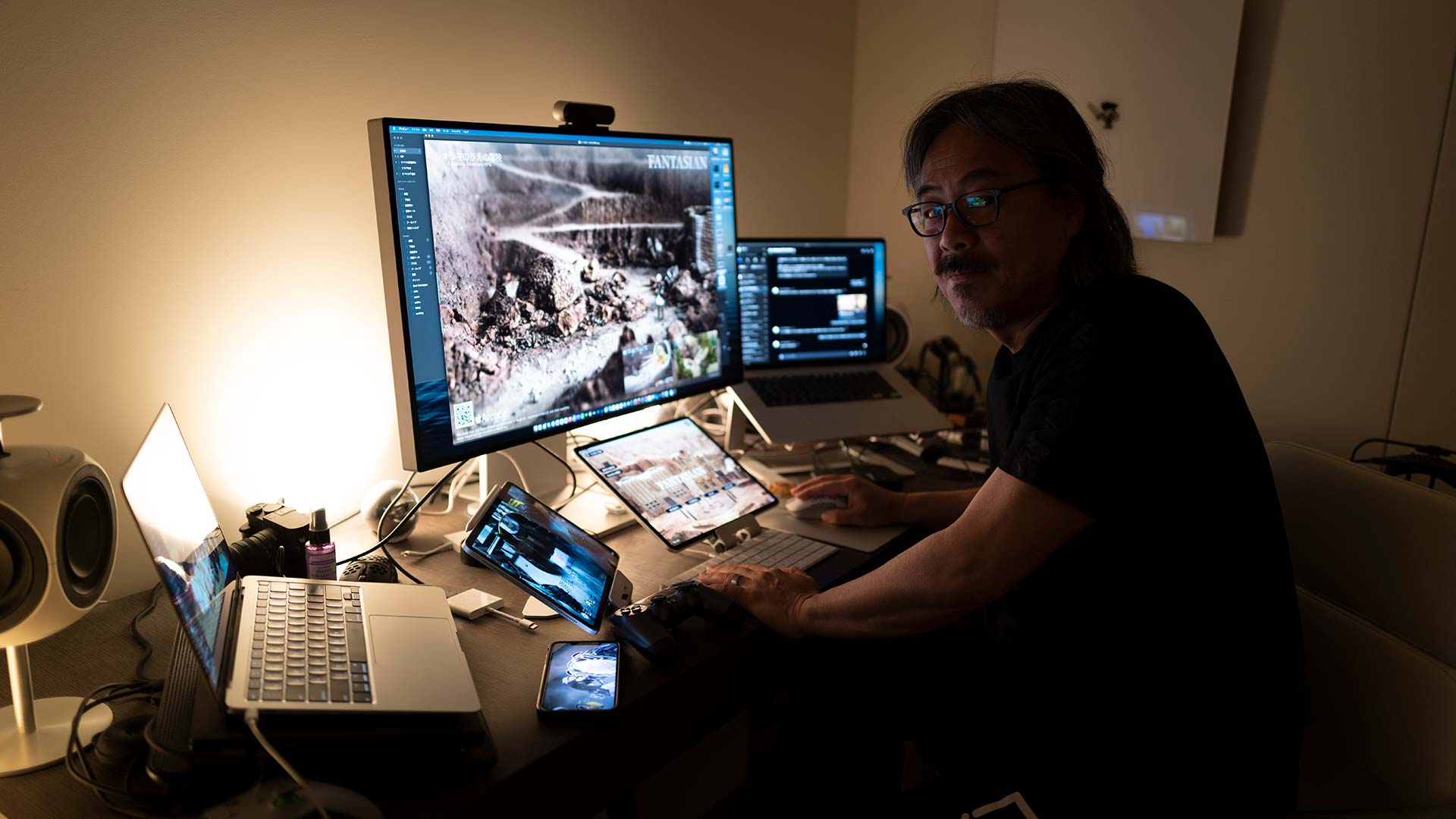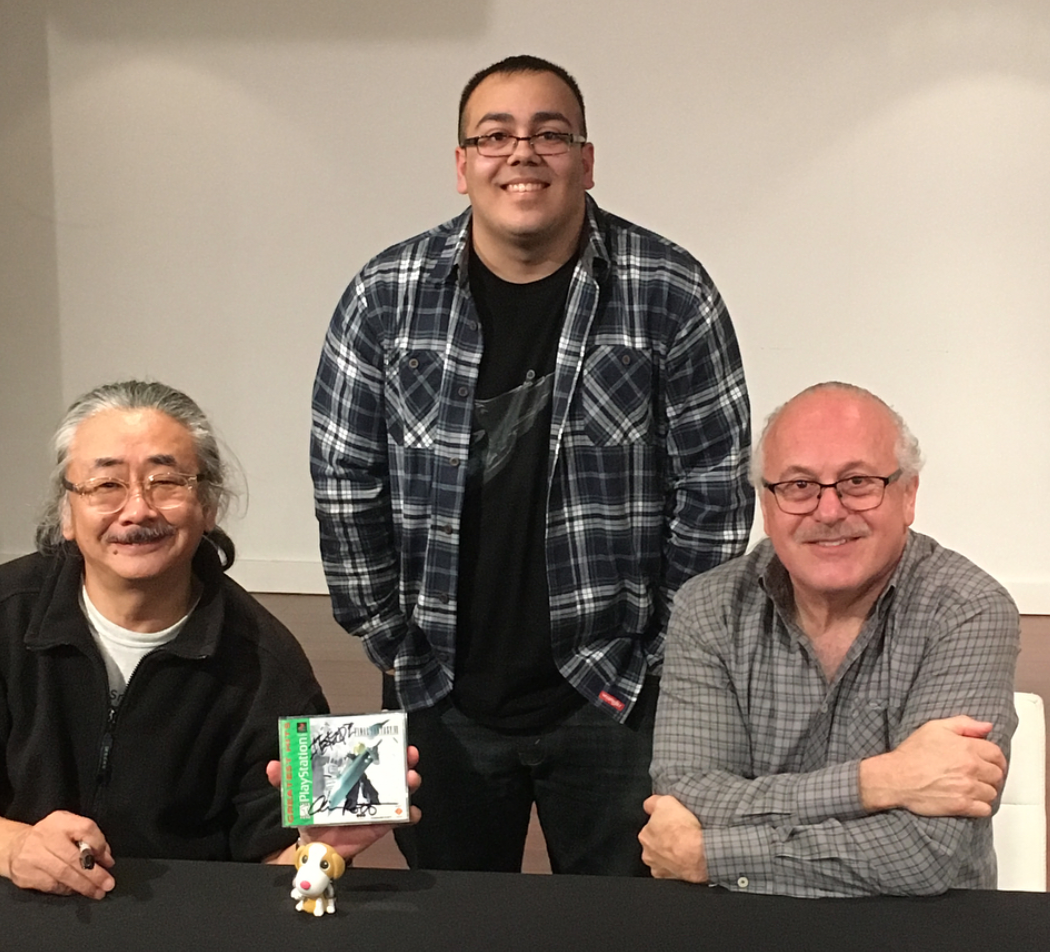It’s no secret that this current console generation has progressed rather slowly.
After more than two years, the majority of games are still cross-gen, with only a few others exclusive to the latest hardware. For that reason alone, I’ve had my eye on Square Enix’s Forspoken, as it’s being made solely for PS5 and PC. Further fuelling my interest is the fact that the game comes from developer Luminous Productions, a team made up of many Final Fantasy XV alums, the most recent numbered entry in my all-time favourite series. The central mix of magic-infused combat and parkour certainly didn’t hurt, either.
Now, after having played three hours of the open-world action-RPG, I have to say that I’ve come away largely impressed. Here’s why.
A lot more than a meme
My demo began in Chapter 2 as our protagonist, Frey Holland (Ella Balinska from Netflix’s Resident Evil), finds herself transported to a mysterious castle in the fantastic land of Athia. As evidenced by her plaid shirt and jeans, she doesn’t actually belong here; she’s a New Yorker. She then discovers a talking bangle on her wrist, which she quickly dubs “Cuff,” and ventures out to find a way home.
Now, before I go any further, I have to address the elephant in the room: Forspoken‘s dialogue. Earlier this year, one viral piece of marketing, in which Frey recaps all of her new outlandish abilities, was heavily criticized for being fast-talking, expository and unnatural. This led people to grow concerned about how grating the rest of the game could be. Luminous developers later responded by saying that these soundbites were taken out of context.
After seeing the full scene in action myself, I’m actually inclined to agree with the team. Several of those lines came early in my demo, after a fight in which Frey discovers her first magical powers, the ability to shoot rocks. With these new abilities, she makes quick work of a pack of wolf-like enemies, leading her to become overwhelmed with emotion — hence, the flurry of “wow, I just did that!”-style lines.
Is this “cringeworthy” like many have said? Sure, but I’d argue it’s cringeworthy in a way that’s reasonably believable and human. I could certainly see this girl, who very clearly has some sort of chip on her shoulder, feeling abundantly confident upon discovering she can fight off monsters with magical powers. It’s that momentary feeling of being on top of the world — invincible, even — that many youth fall prey to.
“Context is really that key thing. We’ve created what we believe is a very original character, a very fresh-feeling character, who is very complex and has so many different sides to her. She’s determined, she’s got a great sense of humour, but she’s also got a soft, kind of vulnerable side as well. And it’s hard to convey all that as a new IP, without any kind of past knowledge of the title or the story and try to introduce this new character out into the world,” says Raio Mitsuno, creative producer on Forspoken.
“It’s been a little bit of a challenge, because we don’t want to give away the story. We want to make sure that’s intact for players when they get to play the game. So we’ve been selective about what we show […] There’s a lot more to the character. She’s a character we could all go for. I think everyone’s going to feel a connection to her, and you’ll see her go through so many things. And I think she’s a character that a lot of people are going to fall in love with.”
Another side of this scene that was left out of the trailers is Cuff, who’s trying to keep Frey’s briefly inflated ego in check. In this way, I found myself quickly taking a liking to the sentient bracelet. With his soothing English tones, he initially seems like Iron Man’s AI J.A.R.V.I.S., but that betrays his decidedly droll and deprecating personality. This creates a humourous and engaging buddy cop-esque rapport between the two unwitting allies. Some of the barks during combat even elicited a chuckle, like Cuff asking the player to avoid getting hit again and Frey telling him to “shut the **** up” with a surprising bluntness.
“[Cuff] is partly a narrative tool to allow her to get a sense of the world and act as a guide, so to speak, but also be useful in battle and exploration. And the other idea with Cuff is, instead of just making it a useful tool, we wanted to give it a character and make it a personality on its own that can match the screen presence of Frey, even though it’s just a voice. Once we found [Balinska], who was perfect for the role, we wanted to find a personality that could create that great chemistry with Frey and have those kind of back-and-forth conversations,” says Mitsuno. “Their relationship is at the core of the story, too. As much as it is Frey’s journey, he’s there every step of the way, and you see their relationship go through these many changes as well. It’s very essential to the overall experience.”
It’s also clear that Luminous is looking to build up intrigue by leaving elements of Frey’s backstory a mystery, considering the demo began after the introductory New York chapter. As I played, there were certainly some hints sprinkled throughout; in one instance, she hints at having a complicated relationship with her father, and even when she’s sent through the portal to Athia, a sign that says “Holland Tunnel” can be seen behind her, suggesting she comes from some sort of wealth or influence. Seeing these seeds planted during my demo has me interested to find out where things go, especially since I’m a sucker for “daddy issues” stories.
According to Mitsuno, it’s the pursuit of such deeper character beats that resulted in Luminous tapping a Western writing team that consists of the likes of Uncharted creator Amy Hennig, Rogue One: A Star Wars Story co-writer Gary Whitta and Shadowhunters writer Allison Rymer.
“We’ve developed Final Fantasy games with these big, giant stories, but what they really excel at, what they really brought to Forspoken, is this micro level of looking at the human aspect of the story. Like, what Frey goes through and the relationships that she forms and how it all basically contributes to her growth and the trajectory that she goes on during this journey. So that was what we thought was really nice — that they were able to bring this really human element to the story.”
Not all of the story material has worked for me so far, though. For instance, Frey’s anger over the Chapter 3 death of a little girl named Olevia at the hands of one of the game’s villains, Tanta Sila, didn’t land quite as hard as it should given the relatively brief time they spend together. But in general, I like Frey and Cuff so far, and I enjoyed unpacking more of the game’s lore, which includes how the world and once-benevolent Tanta matriarchs have become corrupted by a mysterious force that Frey dubs the “Break.” It’s certainly not nearly as well-written as, say, Final Fantasy XIV or Final Fantasy VII Remake, but it’s still much more promising than trailers would lead you to believe, and I’m looking forward to seeing more.
Quite the magical gameplay experience
With all of the story talk out of the way, I’ll get into what was easily the highlight of my time with Forspoken: the gameplay. Simply put, it’s some of the most fun I’ve had with combat and traversal systems in a while.
On a base level, the game just benefits from an unparalleled sense of flashiness that’s afforded by the PS5. Put another way: if Final Fantasy XV was awe-inspiring for the scale of its massive summons that strike the battlefield with earth-shattering, terrain-altering magic, then Forspoken takes that several steps further by letting you be such a force of nature yourself. And because of the added graphical power of the PS5, Forspoken has some of the most impressive display of particle effects and colourful environmental effects I’ve ever seen. From the way Frey’s vines smash out of the ground and spray debris everywhere to how she sears the ground with magmatic sparks, I was constantly marvelling at the visual splendour. It becomes quickly apparent how the game is benefiting from being current-gen-only, and that’s before you factor in the practically instantaneous fast-travel — the quickest I’ve ever seen in a console game.
“We felt that designing this new IP for the PS5, which is new hardware, was really an ideal opportunity to really showcase what the game can do with the high-speed SSD and adaptive triggers,” says Takeshi Aramaki, Forspoken co-director and head of Luminous. “These are all features that we’re really able to show off because we’re able to develop for the PS5, and the magic parkour and traversal and all of that high intensity, high-speed, is possible because of the PlayStation 5. So we really wanted to deliver a brand new game experience to new players.”
Spectacle aside, though, Frey’s moveset is just remarkably varied. Even when you first start off, her rock powers offer a surprising amount of versatility. For example, her standard Burst Shot fires clusters of rocks at the enemy, and you can charge this up to hurl a larger projectile. Initially, this starts as a small clump of earth, but I was pleased to see that upgrading this ability turned it into a sizeable boulder. These heavy-hitting attacks nicely contrast the Scatter Shot, in which Frey holds out her fingers, Emperor Palpatine-style, to pepper enemies with smaller debris before launching a big cluster, and the Shield Shot, which gives you a defensive rocky wall that you can charge up to then explode into smaller particles. It’s a rather ingenious system that keeps combat more manageable and less input-heavy than some other action games while still affording you a good amount of options.
Support abilities can also help turn the tides of battle. These include vines that can ensnare enemies and leave them open for follow-up attacks, a Venus Flytrap-esque plant that can whittle away at enemies on its own and a plantlike whip that can sap enemy health to replenish your own. And if that weren’t enough, large area of effect supermoves called ‘Surges’ are available once you fill up a metre by using attack and support abilities. Being able to summon hordes of thorny branches to skewer my enemies with the ‘Genesis’ Surge never got old during my demo.
“Since this is an action game, first and foremost, we wanted to make sure to maintain this balance of distance between the players and the different magic that they were using,” explains Takefumi Terada, co-director of Forspoken. “For example, at the start of the game, there’s a lot of mid-range magic that’s available to players and then as you progress in the game, there’s fire-based magic that’s more closer-range, and then later on there’s more water-based magic, which is like a further-range magic spell. So we were very conscious of making the distance between the player and then the battles and then we created four schools of magic as a basis.”
Indeed, my only real gripe with the combat early on was that Frey felt like she was lacking a melee option, and as Terada promised, one came towards the end of my demo. After beating Tanta Sila, Frey is able to absorb her powers, adding the villain’s sword-based fire attacks to her arsenal. Since I wasn’t allowed to go past this point, Square Enix instead booted up a different, more curated demo — the one that was just dropped for free onto the PlayStation Store — in which I could sample Sila’s abilities. Immediately, I fell in love with these moves. Besides a flaming sword always being inherently cool, it just felt gratifying to use, with Frey whirling around with delightful Devil May Cry-esque flair.
Complementing these close-range moves are Sila’s even more impressive Support abilities, which offer all sorts of crowd control benefits. My favourite, by far, was Crucible, in which Frey conjures up a giant wall of fire around her to entrap her foes; it felt like the ultimate power fantasy. But the other fire Support moves were well-worth using, too, like Bombardier, which sees Frey punt an enemy and cause a fiery explosion, or Legion, which calls forth enflamed zombie allies. The spectacle and utility of these moves is remarkable, and it made me feel like an absolute badass. In some ways, it’s the Dr. Strange game I’d always hoped for.
Altogether, Luminous says there are around 100 spells that Frey can use, including electric and water powers I didn’t get to play around with, and the thought of uncovering them all in the final game is quite tantalizing.
“This is really also well-suited to the open-world environment that players are placed in. Since it’s such a huge world with many different corners, there’s different areas where there’s magic that’s more in line with searching for things and then other parts where there’s magic that deals a lot of damage in combat,” adds Terada. “And since Athia has so many different areas, and there’s so many different magic spells that come out of that you can use, so this is very suited for just having a variety of 100 different spells that you can use, because the world is so large.”
I didn’t get too much of a bearing on how the new types of magic that Frey learns will actually help with traversal, but even at the start, her magical parkour is extremely fluid and satisfying. Her base movement ability, Flow, lets her run at high-speeds while vaulting over low objects in oh-so stylish twirls and tumbles. (Flow also allows for equally graceful dodges in combat.) Frey can also bound up walls with timed jumps to gain some verticality, which is essential in Athia’s often mountainous terrain. With so many open-world games relying on vehicles or even horses to get around, it’s refreshing to have this unique spin on parkour at the heart of Forspoken.
It feels appropriately paced, too, as Flow has a stamina metre that quickly replenishes. On-the-fly management of your stamina, including using abilities to instantly top it up at key moments, helps maintain a thrilling sense of momentum during traversal. Luminous has also teased several ways in which the parkour will only continue to expand, like a fire-based whip to pull Frey to new heights or a surfboard to glide along bodies of water. It’s easy to imagine how all of these could be used in conjunction to make zipping around the map feel immensely engaging and even rewarding.
I do, however, have some concerns with the open-world itself. It’s definitely pretty, like the rest of the game, and it’s got an old European-inspired vibe that feels lovingly reminiscent at times of classic Final Fantasy games. But it also feels a little barren at times, with NPCs seemingly relegated to cities, while the icon-filled map that includes timed challenges, stat-increasing landmarks and photo snapping missions feels a bit like a relic from the last console generation. Admittedly, my demo was primarily focused on going through story missions, so it’s certainly possible I’ll come to appreciate all of this more. For now, though, I have some reservations.
Just give it a chance!
After my extensive hands-on with Forspoken, I honestly have to say that the hate Forspoken has been getting is pretty overblown. Having actually played the game, I’m now a lot more confident in Luminous’ vision. While it remains to be seen how the broader story and open-world will play out, the moment-to-moment gameplay and character interactions have won me over so far. Frey’s magical abilities, in particular, are, so far, an absolute blast to use and well-worth the price of admission alone.
If you have a PS5 or PC and like action games, you should absolutely keep Forspoken on your radar when it releases on PlayStation 5 and PC on January 24th, 2023.
Image credit: Square Enix


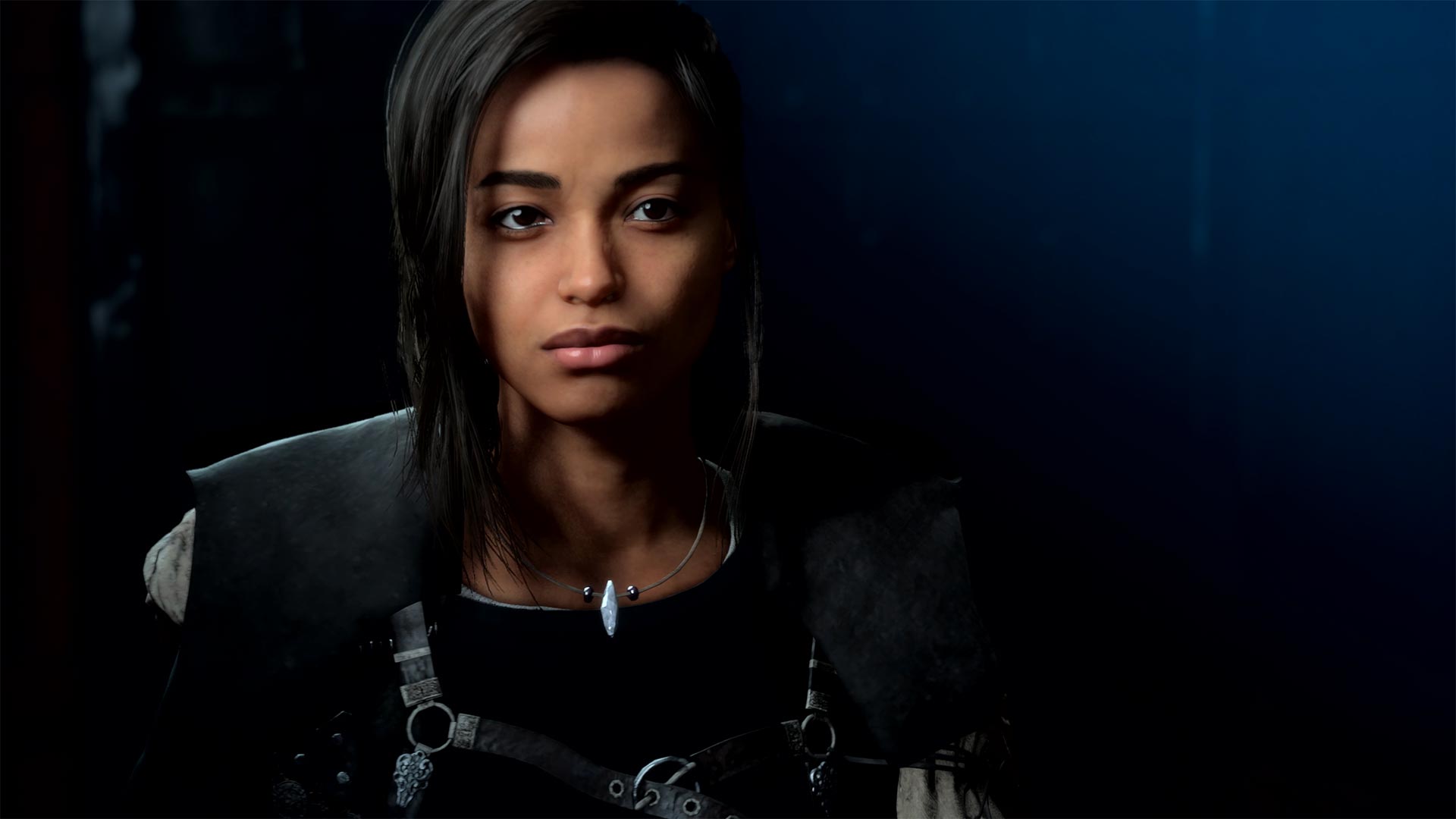
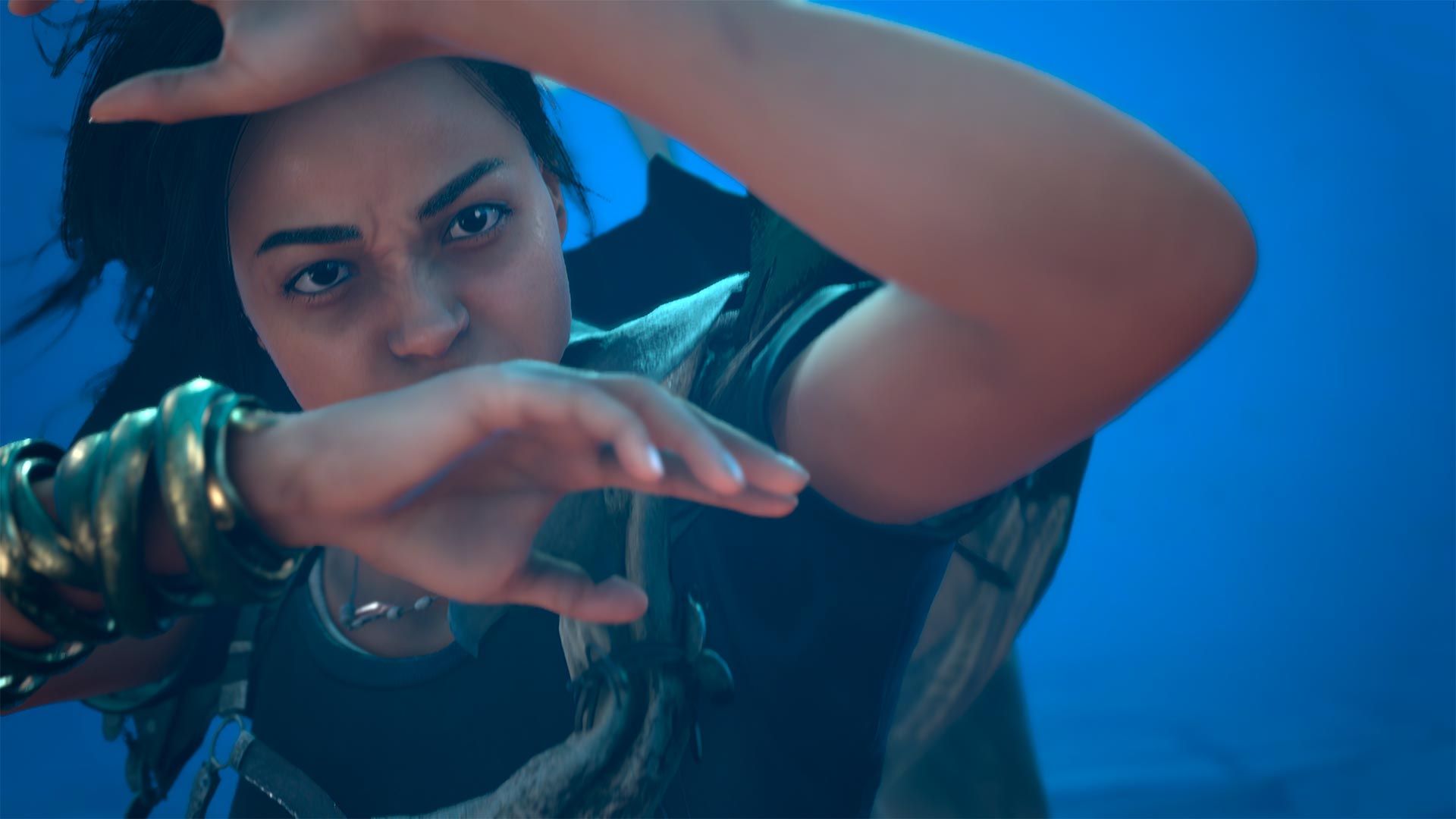
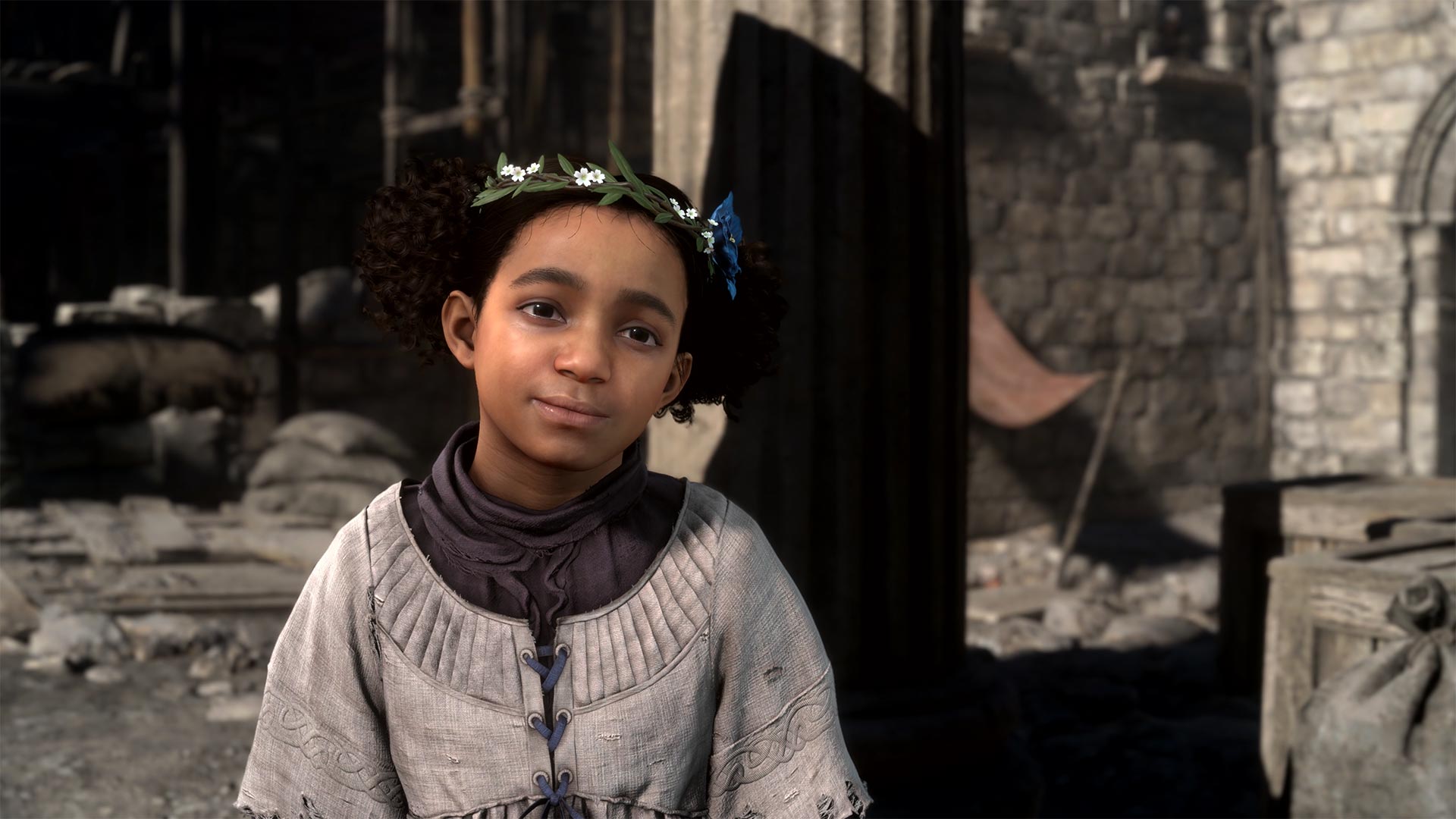


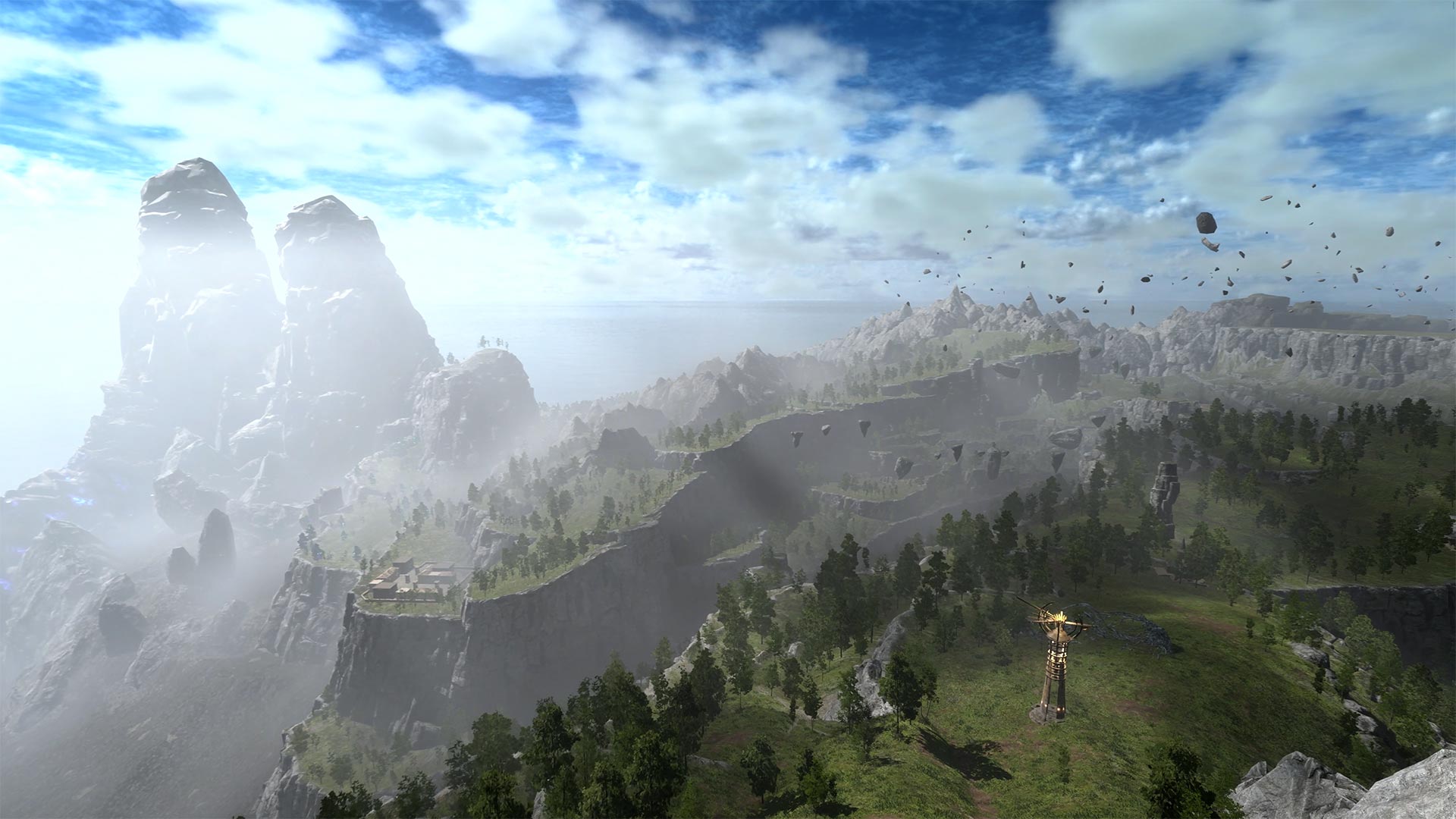







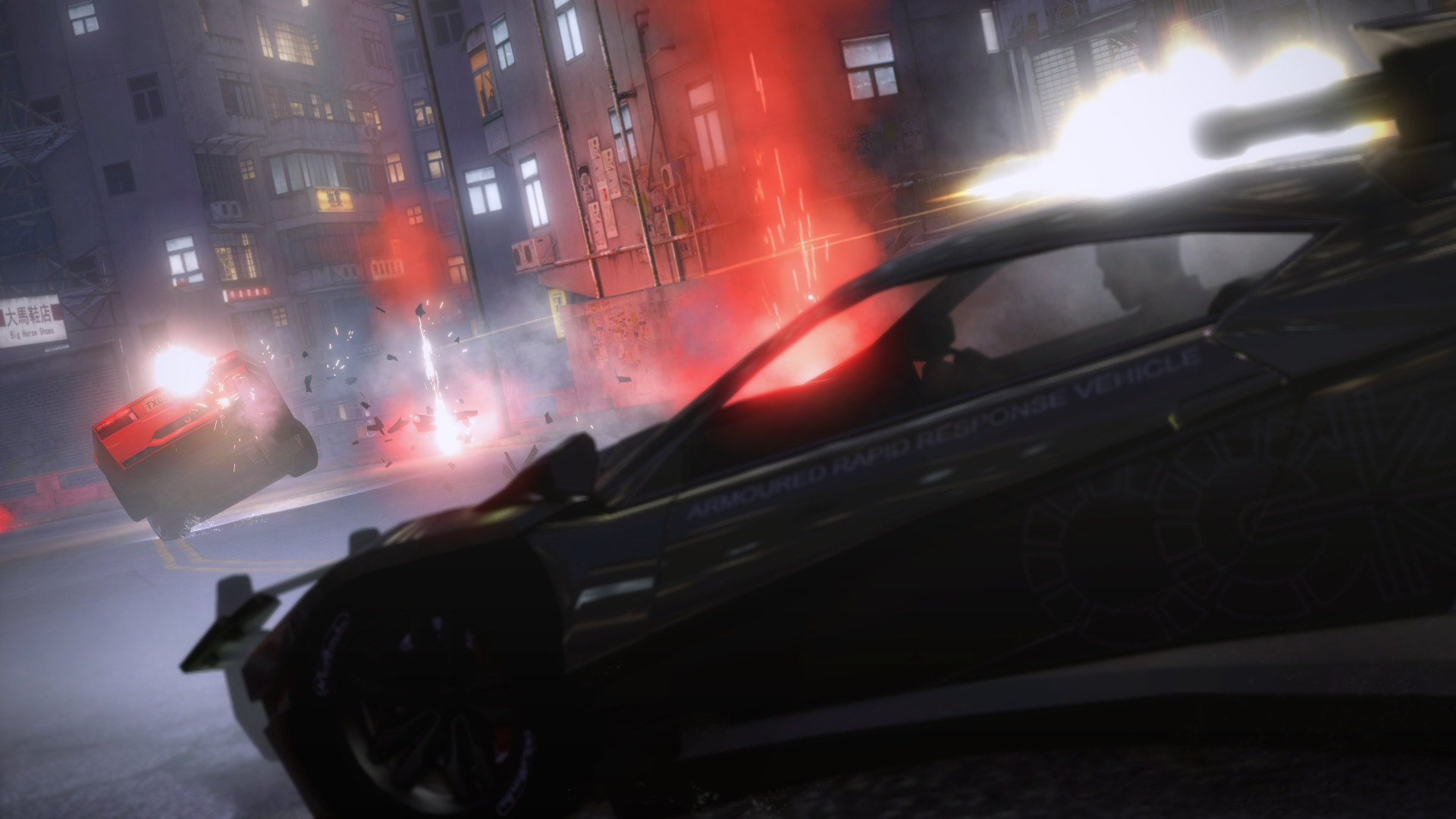


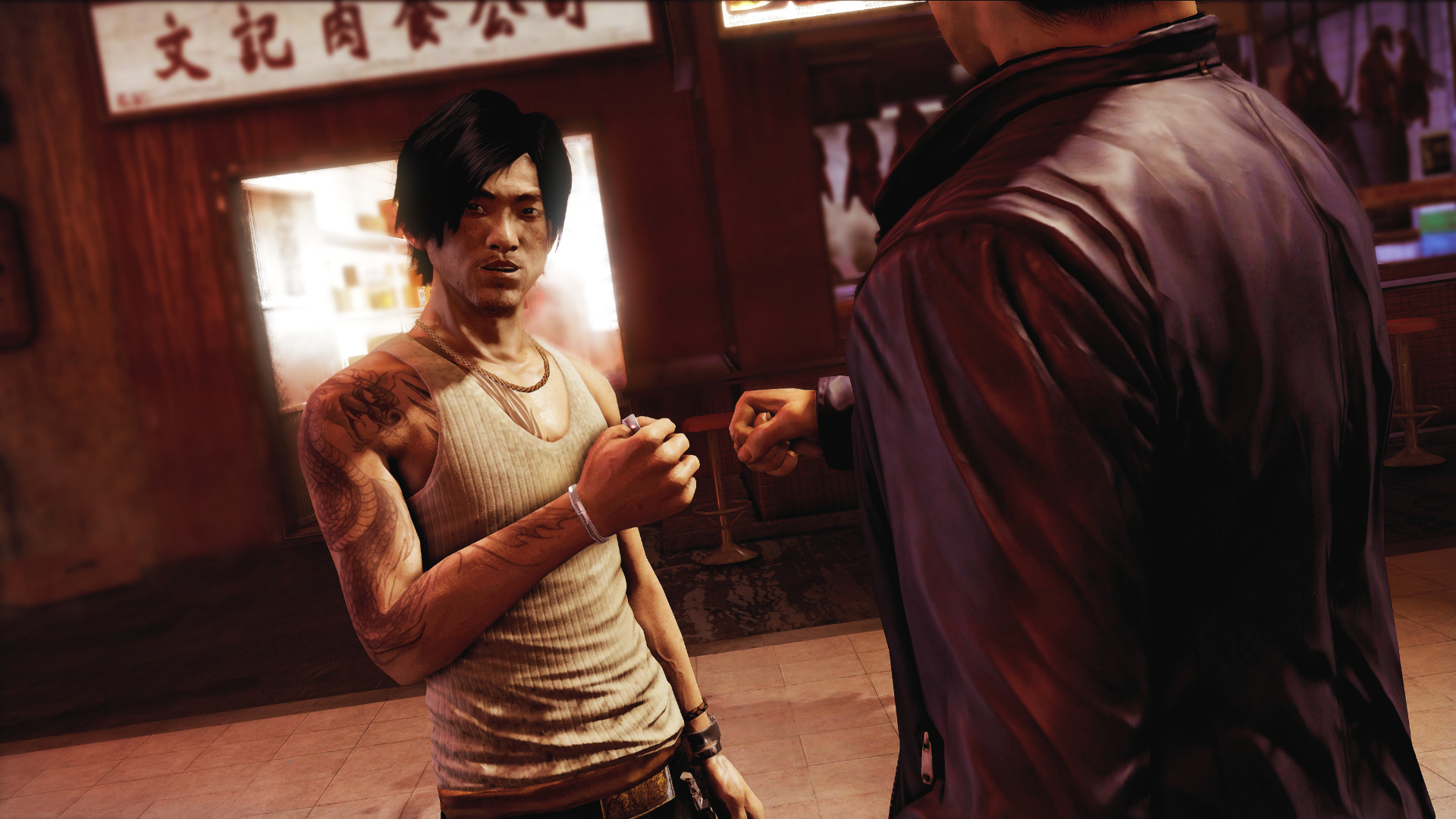



 But for me, the bigger and more impactful twist came just a bit later, in the Northern Cave at the start of Disc 2. After mostly dealing with Sephiroth’s minions up until this point, we find the villain sleeping cozily in a creepy cocoon. As it turns out, everything that’s happened has been Sephiroth manipulating the party to get to that point. The coup de grâce? He reveals that Cloud isn’t the renowned SOLDIER hero he claimed to be — he was a simple Shinra infantryman who never made it into SOLDIER. Worse still, Shinra scientist Hojo had experimented on Cloud in an effort to turn him into a loyal Sephiroth clone, and he even proved a failure at that. All of that trauma caused Cloud to snap, assuming an identity that was formed by stories he’d heard from his best friend, Zack, an actual top-ranking SOLDIER.
But for me, the bigger and more impactful twist came just a bit later, in the Northern Cave at the start of Disc 2. After mostly dealing with Sephiroth’s minions up until this point, we find the villain sleeping cozily in a creepy cocoon. As it turns out, everything that’s happened has been Sephiroth manipulating the party to get to that point. The coup de grâce? He reveals that Cloud isn’t the renowned SOLDIER hero he claimed to be — he was a simple Shinra infantryman who never made it into SOLDIER. Worse still, Shinra scientist Hojo had experimented on Cloud in an effort to turn him into a loyal Sephiroth clone, and he even proved a failure at that. All of that trauma caused Cloud to snap, assuming an identity that was formed by stories he’d heard from his best friend, Zack, an actual top-ranking SOLDIER. That same friend is the one who loaned me FFVII, which gave it special significance before I even played it. But beyond that, my friend, in many ways, was the “Zack” to my “Cloud” — the person I wished I could see myself as. Underneath Cloud’s badass swordsman exterior lay a deeply insecure loner. Like me, Cloud also was raised by a single mother, except in his case, his father had died, whereas mine was just an emotionally abusive, distant asshole. As someone who’s struggled with confidence and social interaction, I felt seen. We learn that when Cloud once returned home, he felt so embarrassed that he never made SOLDIER that he hid his identity so as to not be recognized by Tifa and everyone else. As a kid who would always nervously slink into a corner to fade away, I understood Cloud’s pain.
That same friend is the one who loaned me FFVII, which gave it special significance before I even played it. But beyond that, my friend, in many ways, was the “Zack” to my “Cloud” — the person I wished I could see myself as. Underneath Cloud’s badass swordsman exterior lay a deeply insecure loner. Like me, Cloud also was raised by a single mother, except in his case, his father had died, whereas mine was just an emotionally abusive, distant asshole. As someone who’s struggled with confidence and social interaction, I felt seen. We learn that when Cloud once returned home, he felt so embarrassed that he never made SOLDIER that he hid his identity so as to not be recognized by Tifa and everyone else. As a kid who would always nervously slink into a corner to fade away, I understood Cloud’s pain.